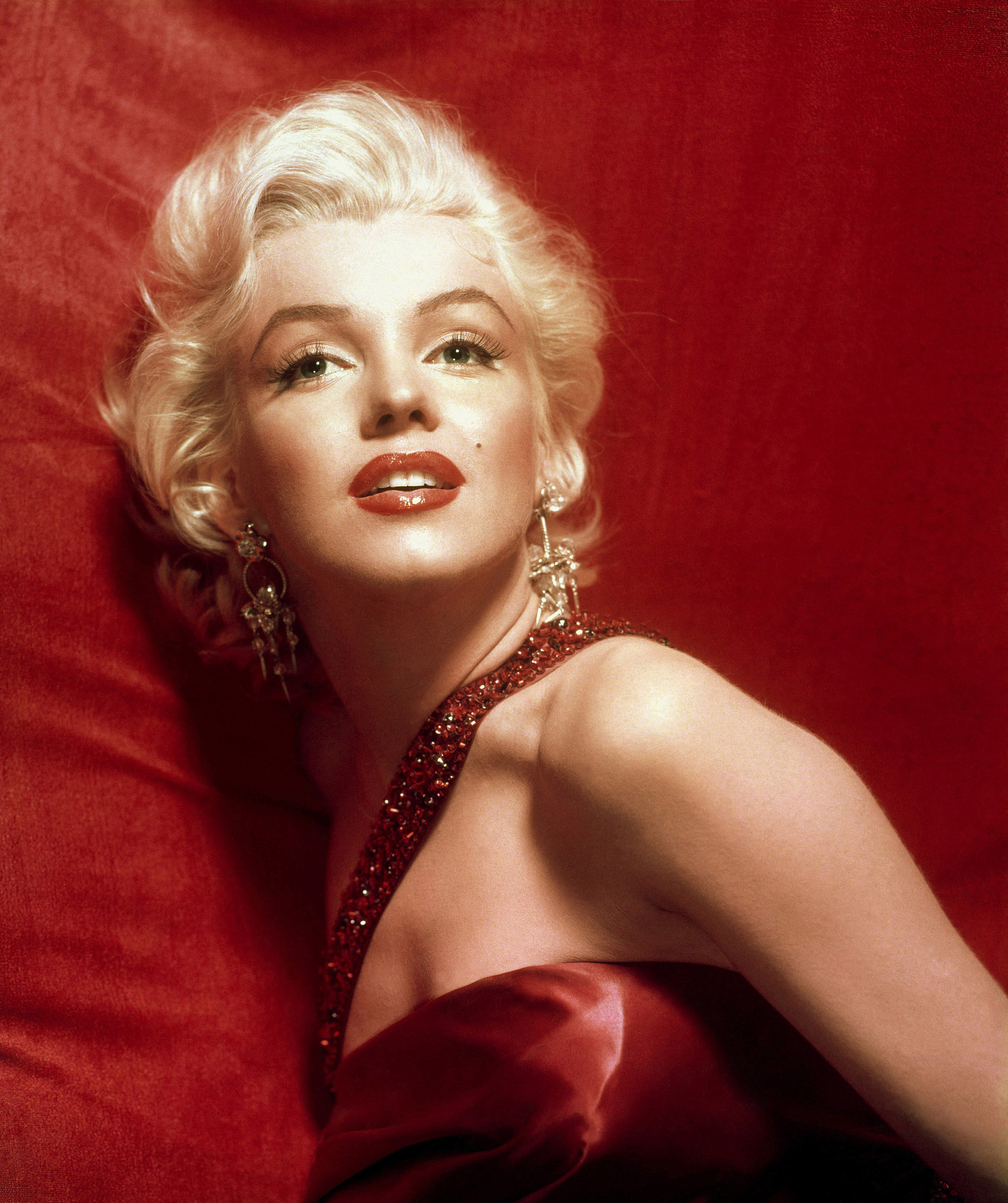Show Notes!!!
If you’re new to the podcast, here’s a brief guide to our previous Howard Hughes episodes. In Chapter One, we detailed the arranged marriage that got Hughes to Hollywood, the affair with the silent film star that broke that marriage up, Hughes’ discovery of Jean Harlow and the movie, Hell’s Angels, that transformed Hughes from a rich hick into a major Hollywood player. In Chapter Two, we talked about Ida Lupino, who dated Hughes when she was a teenage starlet in the 1930s, and then directed films for his RKO Studios nearly 20 years later. Chapter 3 outlined Hughes romance with Katharine Hepburn, the deterioration of which sent Hughes into the arms/beds of Ginger Rogers, Bette Davis, Olivia de Havilland and basically every and any famous actress he could find. This episode picks up in 1939, more or less where Chapter 3 ended. I’m planning at least one more episode about Hughes after this, but I will probably not get to it for awhile, definitely not this season.
Jane Russell’s autobiography My Path and My Detours is fun, funny, relatively frank — and out of print. It was a valuable resource for me, as were a number of obituaries/articles published around the time of Russell’s 2011 death. This is also a great, late interview with Russell, by Lynda Lee-Potter, published in the Daily Mail in 2003.
Howard Hughes: The Untold Story continues to be the richest resource I can find when it comes to stories about his relationships with women/in Hollywood, although it seems like Russell’s book was the main source for its sections regarding her.
Special thanks to Noah Segan, for reprising his role as Howard Hughes.
Discography:
Preludes for Piano @ by George Gershwin
“Make a Wish (For Christmas) by Lee Rosevere
“Dances and Dames” by Kevin MacLeod
“The Wrong Way” by Jahzzar
“Phase IV” by lo-fi sci-fi
“Gagool” by Kevin MacLeod
“I’m Not Dreaming” by Josh Woodward
“Fiery Yellow” by Stereolab
“Cylinder One” by Chris Zabriskie
“All of the Lights (Interlude)” by Kanye West
“All of the Lights” by Kanye West
“Love Lockdown” by Kanye West
“Welcome to Heartbreak” by Kanye West
“Moonlight Saving Me” by Blossom Dearie
“There’s Probably No Time” by Chris Zabriskie
“Divider” by Chris Zabriskie
“Exlibris” by Kosta T
“Rite of Passage” by Kevin MacLeod
“Vivre Sans Temps Mort” by Double Dagger
“Ain’t There Anyone Here For Love” performed by Jane Russell in Gentlemen Prefer Blondes
“Ghost Dance” by Kevin MacLeod
“Monte” by comounjardin
“Gymnopedie No. 2” by Eric Satie, performed by Kevin MacLeod
“I Can’t Get Started,” performed by Jane Russell


